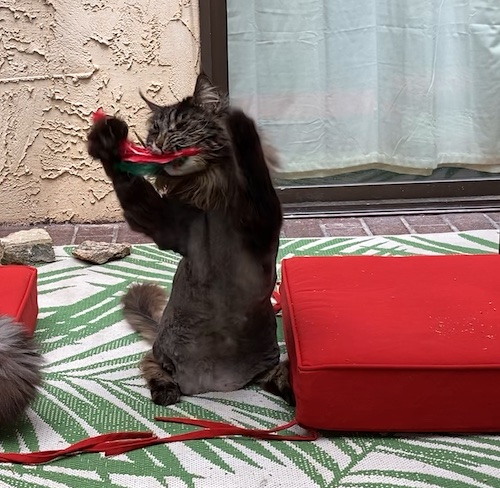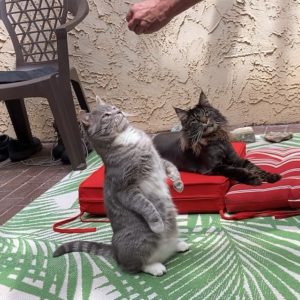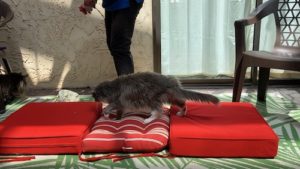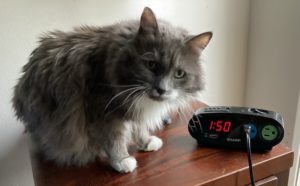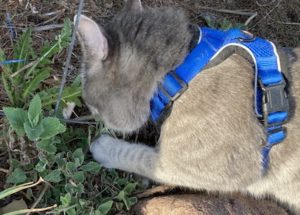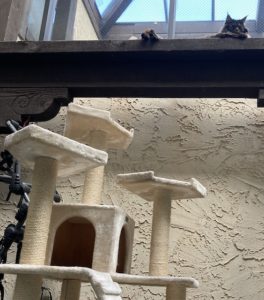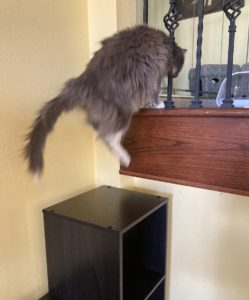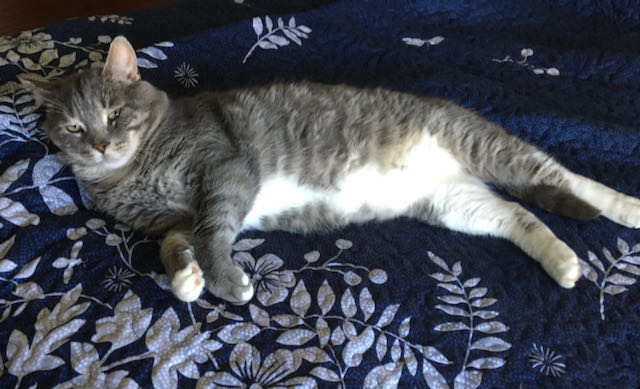
You’re reading a book in bed, your cat curled up alongside you. You look over at him and he meets your gaze with several blinks, half-closing his eyes. The feline “slow blink” has been likened to a smile; the meme “i slow blink you so much” infers that the “slow blink” is a sign of affection, of positive feelings when cats slow blink.
Cats don’t “smile” in the way humans do. Humans are said to have up to 19 different smiles, due to our faces having 42 muscles to shape them. Does the feline “slow blink” fill the same role as the human smile?
the duchenne smile in humans
The so-called “Duchenne” smile, which some think indicates genuine happiness, can be accompanied by activity in the left frontal cortex of the brain, a part of the brain associated with enjoyment. The Duchenne smile is that smile that reaches the eyes, wrinkling the skin around the eyes into “crows feet”.
Does the “Duchenne” smile signal true happiness? Skeptics point out that it can be faked; the smile may just be a way of sending a message to those we are interacting with that we are friendly, willing to work together or want to go out on a date. We may not be genuinely happy at the time.
Cats slow blink – a cat smile?
Tasmin Humphrey and her colleagues set out to learn more about the “slow blink”. They designed two sets of experiments to answer:
- Do cats respond to humans that slow blink?
- Are cats more likely to approach an unknown human after a slow blink interaction?
To answer the first question, cats were tested in a familiar room at home. The owner was instructed to sit in front of the cat and, once the cat made eye contact, do a series of “slow blinks”. Cameras were set up to record the cat’s face and the owner’s face. The slow blink trials were a paired with a “no interaction” trial, where the owner was in the room but did not sit in front of the cat or interact with the cat.
The second set of experiments involved an unfamiliar person in place of the owner. In this experiment, the control was a neutral face and no direct eye contact. The owner remained in the room during these trials but did not interact with the cat.
Humphrey and her colleagues found that:
- Cats were more likely to “slow blink” back if their owners “slow-blinked” them
- Cats were more likely to approach an unknown human who “slow blinked” them
The slow blink and the cat-human bond
Direct stares are hostile in the cat’s world – he needs to keep a steady, open eye on possibly dangerous people, animals and situations. When one cat fixes another with an unblinking stare, trouble is brewing – the passive aggressive stare can precede active aggression.
Breaking the stare with blinking, shows that the cat is relaxed and not on high alert. Cats not only “slow blink” humans, they have been seen to “slow blink” other cats. The “slow blink” may indicate a level of trust between human and cat or between cat and cat.
Like the Duchenne smile in humans, the “slow blink” may indicate that the cat is feeling relaxed, calm and happy or it might also just be a message, like the “solicitation purr”, asking for food, head rubs, or just more interaction. But perhaps cats slow blink us because they trust us and share a bond with us.

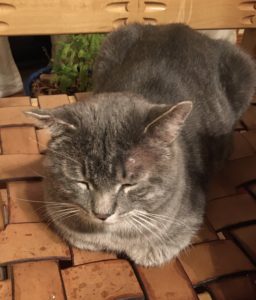
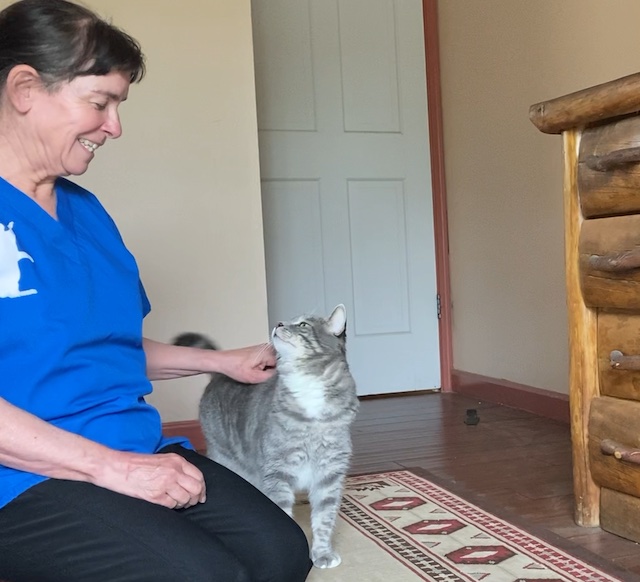
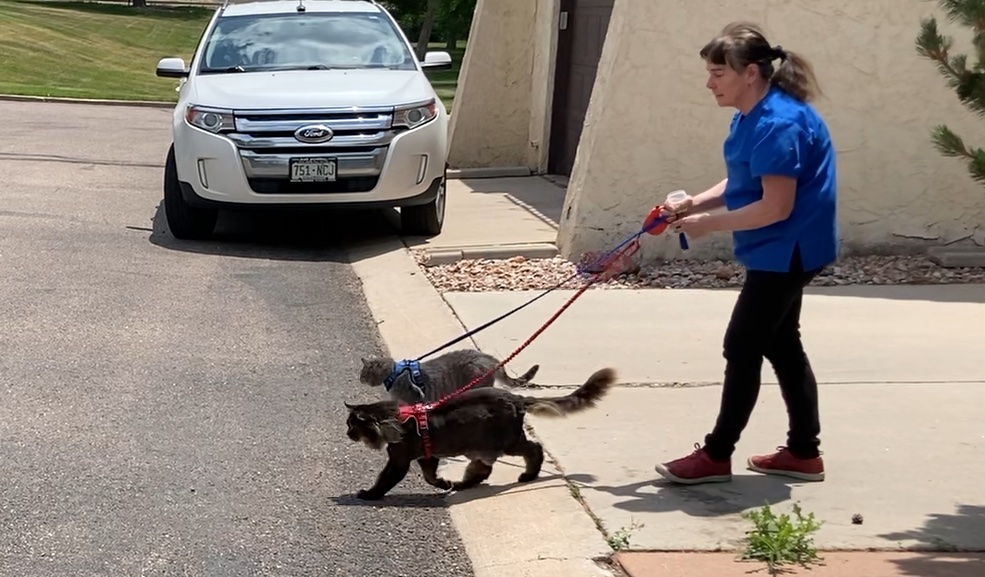
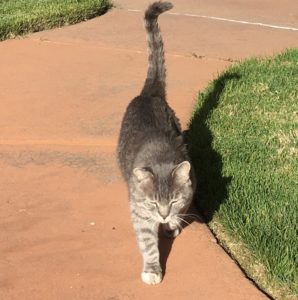 Indeed, we are more familiar with dogs’ body language than that of cats. People see dogs as more social than cats. Someone getting a puppy will plan to take it places, walk it and play with it.
Indeed, we are more familiar with dogs’ body language than that of cats. People see dogs as more social than cats. Someone getting a puppy will plan to take it places, walk it and play with it.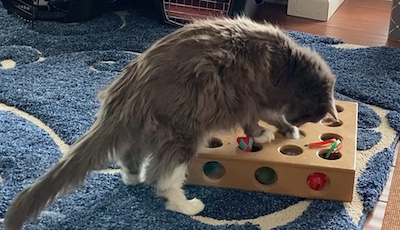
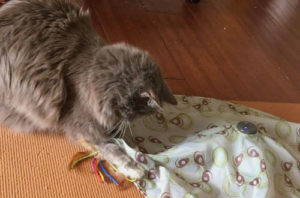
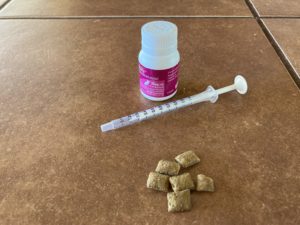
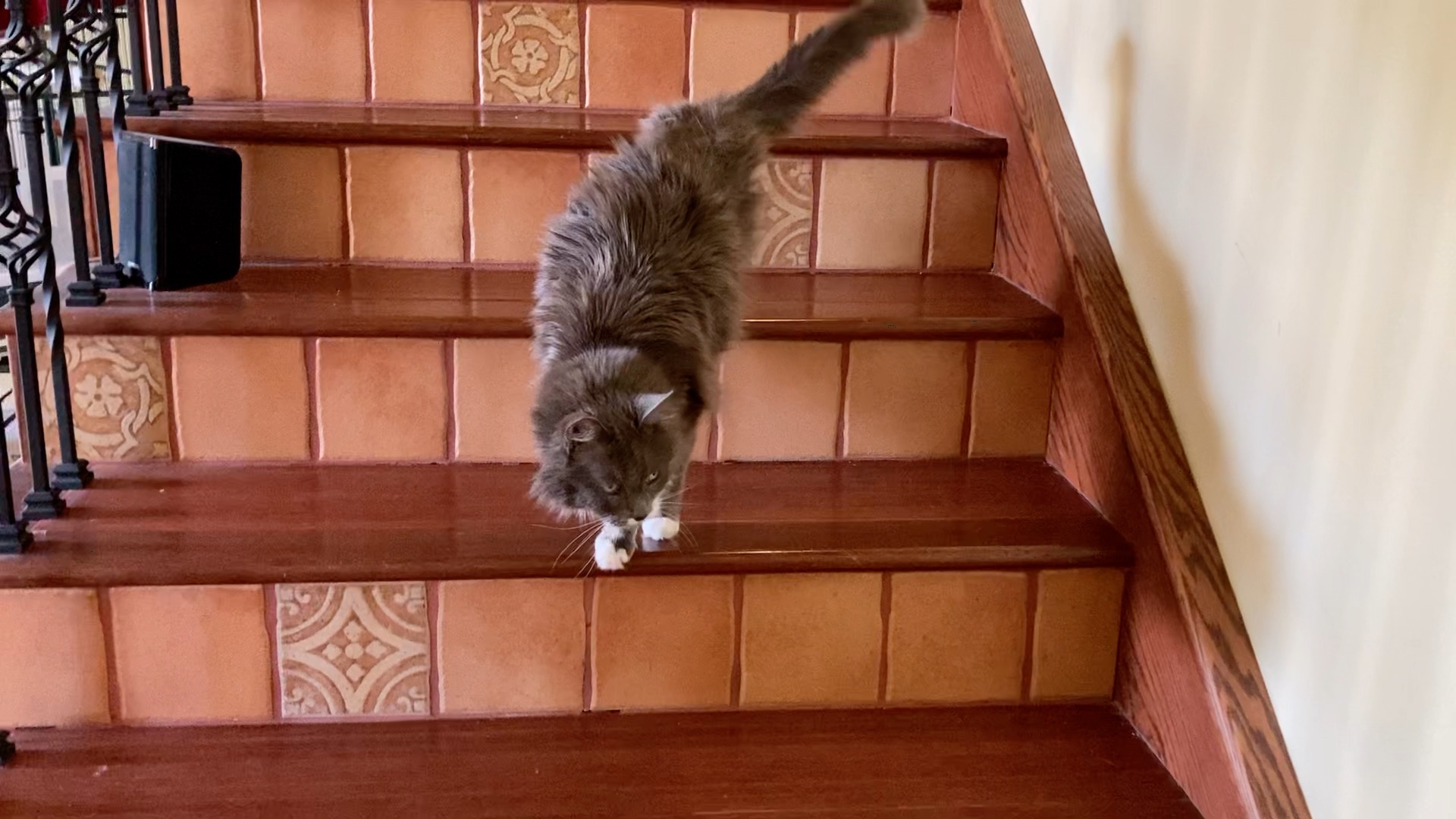

 It is great that you are being proactive with your cat’s health! Arthritis is part of getting old but let’s try to make your cat’s senior years as “golden” as possible. You can find out more about your cat and arthritis at the
It is great that you are being proactive with your cat’s health! Arthritis is part of getting old but let’s try to make your cat’s senior years as “golden” as possible. You can find out more about your cat and arthritis at the